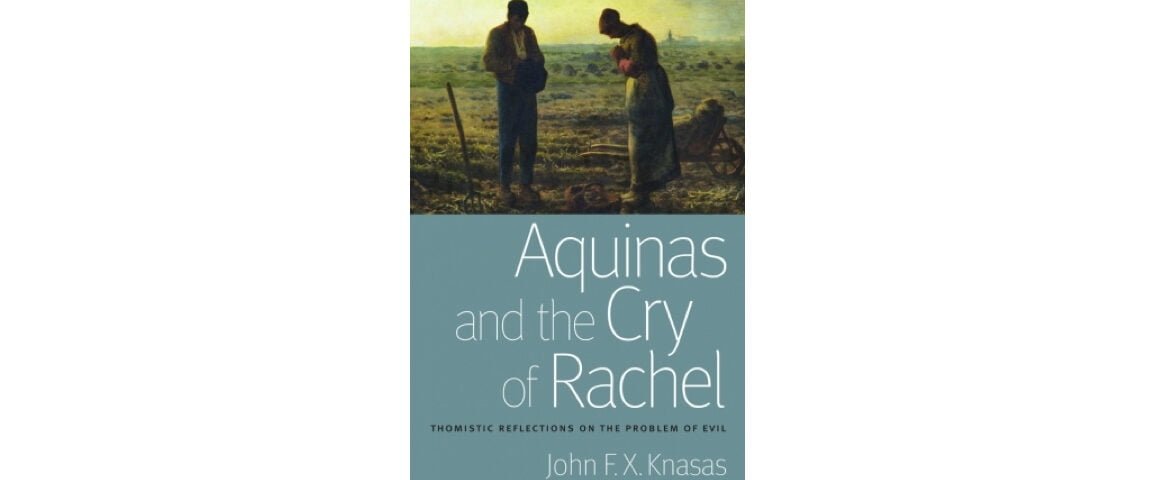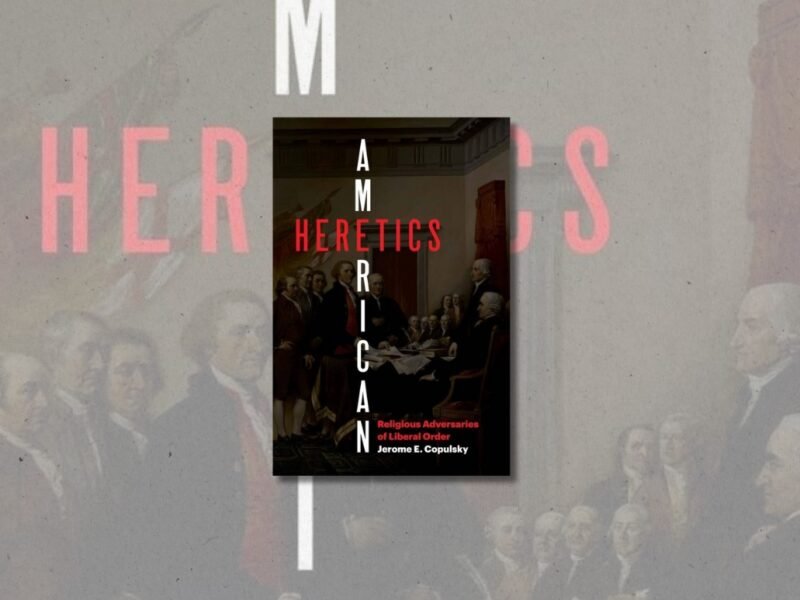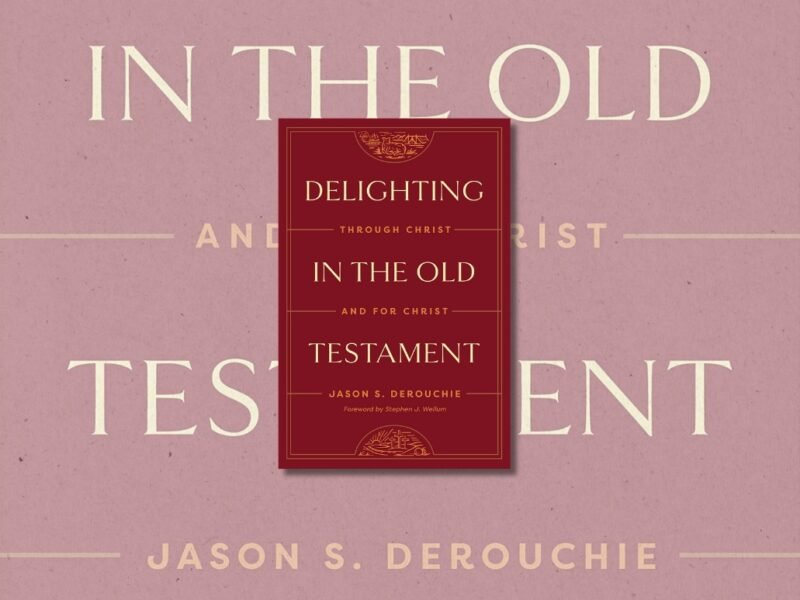Aquinas and the Cry of Rachel: Thomistic Reflections on the Problem of Evil. By John F. X. Knasas. Washington, D.C.: The Catholic University of America Press, 2013. 328 pp. $69.95 (cloth), $34.95 (paper).
It is not a stretch to say that the problem of evil is the single most popular argument against Christianity. Most famously articulated by Epicurus, different versions of it have also been propounded by philosophers such as David Hume and, more recently, William Rowe and J. L. Mackie. Perhaps more significantly, it is a common staple of skeptic or atheist characters in fiction, with Ivan from The Brothers Karamazov being a well-known example.
In response, Christians have sought to explain the coexistence of God and evil, with many attempts in recent decades coming from philosophers such as Marilyn McCord Adams, John Hick, and Alvin Plantinga. However, these efforts to answer the problem of evil are complicated by the fact that different thinkers offer different solutions: Adams argues that only the prospect of the beatific vision can justify “horrendous evils”; Hick believes that God uses evil to develop the human virtues necessary for eternal life; Plantinga suggests that God cannot create a world devoid of evil without also eliminating human free will; and others propose still more possibilities. Which solution is correct? All of them? Some of them? None of them?
Intriguingly, John F. X. Knasas argues in Aquinas and the Cry of Rachel that from a purely philosophical standpoint, no solution to the problem of evil can be identifed as the correct one: “From a strictly philosophical perspective, the Thomist will claim that theodicies are necessarily multiple because the philosophical understanding of the human allows God multiple possibilities in which to realize human destiny” (xv). Put another way, in Aquinas’s view (according to Knasas) the problem of evil is like the question of whether the earth was created in time or has existed from eternity:
The situation that I am envisaging is parallel to Aquinas’s view about philosophy’s impotence on the question of the world’s beginning in time or not. By his religious faith, Aquinas knows that the former is the truth. But by his reason alone, Aquinas cannot make up his mind. The arguments of the two sides fail to be conclusive…. And so likewise, for any one Thomistic philosophical explanation of evil, another explanation will always be possible. Settling on one possible explanation of evil as the true explanation will require religious faith in God’s revelation concerning his designs for us. (18)
The two approaches to the problem of evil that Knasas says “fight themselves to a draw” are “cosmological theodicies, in which evil is explained by reference to the good of the whole, and personalist theodicies in which evil is explained by some good accruing to the sufferer” (xv).
A key component of Knasas’s argument is that he finds in Aquinas two types of evils, referring to them as “natural corruptions” and “unnatural corruptions.” Natural corruptions are defects that “Aquinas does not consider…an embarrassment to God. Rather, God wills, or intends, per accidens, these natural defects for some legitimate good” (47). Notably, Knasas identifies death as a natural corruption, on the basis that while Aquinas affirms that “death is not natural to man,” he goes on to elaborate that God “intends the good and the preservation of the universe, for which alternate generation and corruption in things are requisite: and in this respect corruption and defect in things are natural.”[1]
Unnatural corruptions, which Knasas also refers to as “quandoque evils,” are “corruptions in which the lower acts against the higher,” such as “tragedies like the lion killing or mauling the child or adult, the typhoons that obliterate cities, the pestilences that ravage populations” (46, 48). Unlike natural corruptions, quandoque evils “are not willed even indirectly by God. Their relation to God’s will is simply one of permission. They are not willed either per se or per accidens” (146).
It is in the attempt to explain God’s permission of quandoque evils that we find multiple possible answers. We could say they are permitted for the sake of “the antecedent good which consists in the natural functioning of things,” which natural functioning includes a contingency that does not infallibly result in good outcomes (146). Alternatively, we can observe that “God has the motivation and the resources to order these evils for some [consequent] good” (148). But philosophically speaking, this consequent good cannot be definitively identified among numerous possibilities (e.g., virtue born of suffering, the beatific vision, or some lesser afterlife) (148‒50). The upshot is that for the Thomistic philosopher,
No natural explanation, like the antecedent good explanation for natural corruptions and quandoque evils is final and definitive because they fail to eliminate a possible supernatural explanation, for example, punishment for original sin or some kind of preparation for an afterlife. Likewise no supernatural explanation is philosophically definitive be cause by definition the supernatural, as a fact, is beyond the ability of natural reason to determine. (151‒52)
The above synopsis only scratches the surface of Knasas’s discussion of Aquinas’s account of evil, and touches not at all on his engagement with recent figures such as Adams, Hick, Plantinga, Mackie, and others. Suffice to say that if his argument is correct, it would have notable implications for Christian apologetics. To reiterate, the problem of evil is a recurring intellectual flash point between atheists and skeptics on the one hand and Christians on the other. In contending with unbelievers, Christians have often sought to philosophically demonstrate that the problem of evil can be answered. However, if no purely philosophical response can be “final and definitive,” then maybe Christians should not be concerned to present any given theodicy or defense as some sort of knockout punch to atheism. One could argue that Charles Erlandson’s Take This Cup opts for such an approach in that it explains the existence of evil and suffering using thoroughly Christian premises, such that the argument “will only make sense…to Christians” (x).
In closing, readers must judge Knasas’s arguments for themselves, but I found them both challenging and intriguing. Though the book was originally published in 2013, the edition I am reviewing is a newly released, cheaper paperback edition, making this an easy recommendation for those interested in Thomism and the problem of evil.
Notes
- ST I-II.85.6, trans. Fathers of the English Dominican Province (London: Benzinger Brothers, 1920), https://www.newadvent.org/summa/2085.htm#article6. ↑







'Book Review: “Aquinas and the Cry of Rachel”' has no comments
Be the first to comment this post!